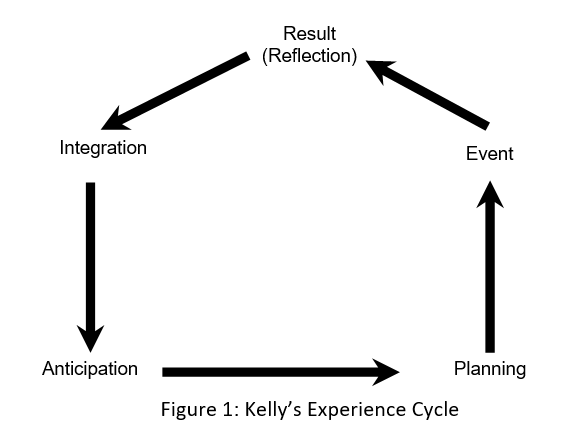

During therapy, you may go through some self-discovery and these goals may change. These goals will be specific to you and what you’d like to achieve. This session will take approximately 90 minutes.ĭuring this first session, you and your therapist will act as partners to develop goals for your therapy. This first session is a little longer than the typical session since there is more to cover. This session is also an opportunity for you to see whether you and the therapist are a match for your therapy work. He first session, or intake session, is a time for you to inform the therapist as to what your individual challenges are and any history that you feel needs to be discussed. You can view our biographies to learn more about our psychologists to find one who seems like a good fit for your needs. What format of therapy do you need (e.g., individual, couples, family, group)? What are the key issues or challenges that you want to address in therapy (e.g., stress, ADHD, depression, grief and loss, anger management)? Is there a particular style of therapy that you are looking for? Some examples include cognitive-behavioral therapy (CBT), psychodynamic, mindfulness, and solution-focused therapy. When are you available to meet with a therapist? In making this decision, you can ask yourself the following questions to guide you:ĭoes it matter if your therapist is a male or female? Research has shown that developing a strong alliance with your therapist dramatically improves the likelihood that you will achieve your therapy goals. The next step is to decide which therapist is right for you. The cost, training and experience of the therapist are key ingredients of success.Deciding that you are going to pursue therapy is a huge accomplishment in itself. Things to consider before choosing Personal Construct Therapy?

If the client encounters significant difficulty with communication this approach is unlikely to be effective. When doesn’t Personal Construct Therapy work? There is a growing body of evidence that this approach is effective in addressing issues such as identity, self-esteem, self-harm, relationship issues, psychological wellbeing, agoraphobia and bereavement. What Mental Health Issues is Personal Construct Therapy most helpful for?

That is, the client’s view of the world is acknowledged, but alternative constructions are entertained and ‘tried out’. You can expect to establish a collaborative relationship where adopting a propositional stance is encouraged. What can I expect from Personal Construct Therapy? They might come to understand that their hypotheses about how things work were based on selective evidence and that there are many other viable alternative possibilities. Through therapy the client might learn new ways of seeing events that have previously been upsetting or problematic. Developing this understanding can be the first step toward achieving change. Personal Construct Therapy is used to help the client understand that everything they do, they do for a good reason, even if that thing isn’t good for them. What is Personal Construct Therapy used for? There may be alternative ways to honour or validate these values and thus behaviour change may be possible without invalidating what you really believe in. This might be achieved by identifying what higher order values the client holds that define who they are and how these are played out in their daily lives. The client and the therapist collaborate to jointly understand how the client sees the world and if that version of meaning making is the most accurate or helpful. How does Personal Construct Therapy work? Given that we can construe the world, we can reconstrue it in a way that is less problematic and more helpful. When we form anticipations about how the world works, we tend to selectively attend to our environment and seek out evidence that these assumptions are true.

This is a constructivist approach to therapy based on the assumption that everyone sees the world uniquely and that our view of the world we live in shapes our experience.


 0 kommentar(er)
0 kommentar(er)
